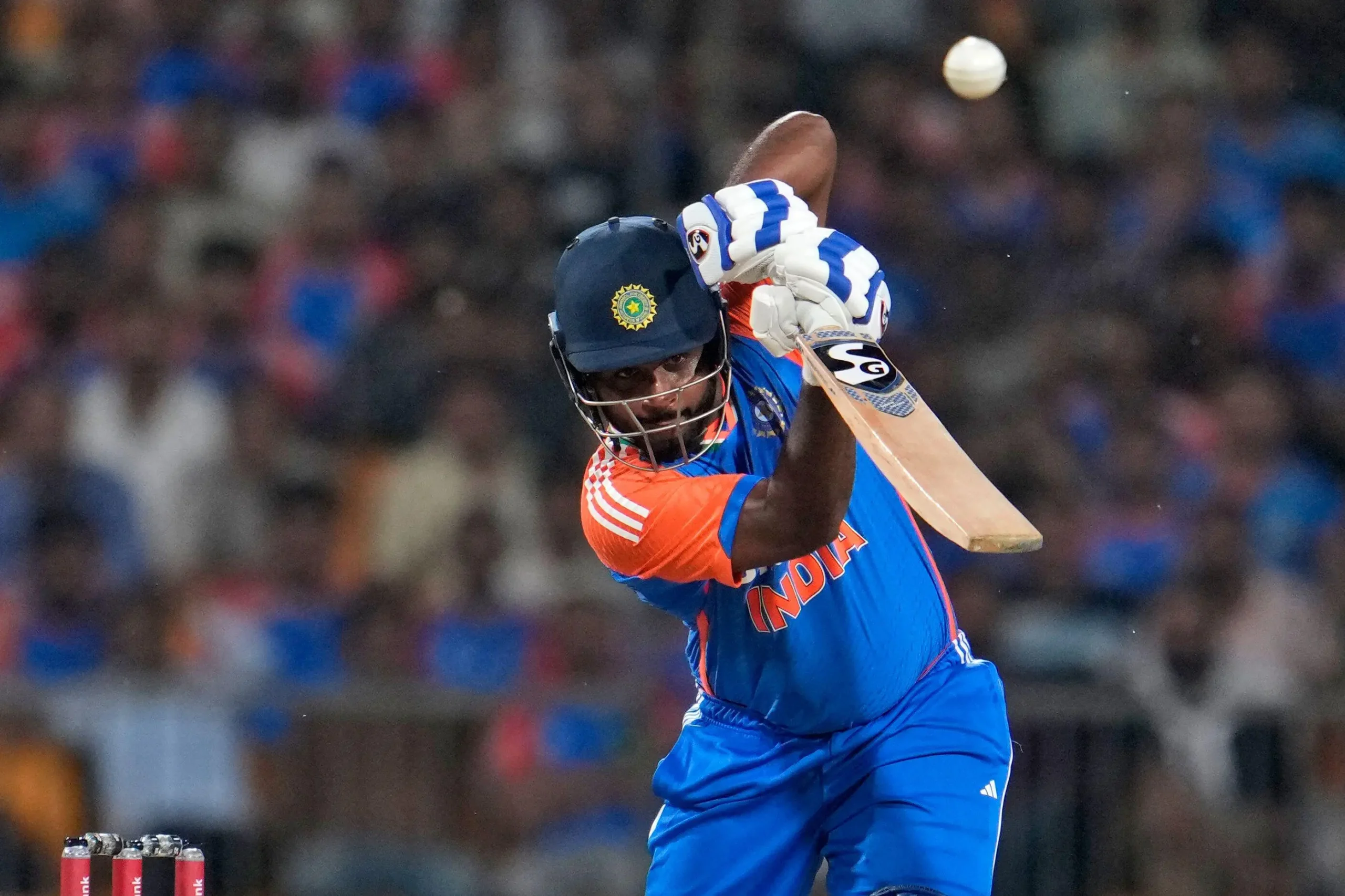The stage has been set for a transformative period in Indian cricket under the guidance of head coach Gautam Gambhir. Known for his fearless approach and sharp cricketing mind, Gambhir is reshaping the team with a philosophy rooted in aggression, strategy, and team-first mentality. As seen in recent matches, his influence is growing, and if his consistent approach continues, it could redefine Indian cricket’s legacy.
Sunday’s T20 game in Gwalior was another small step towards what is now being recognized as the “Gambhir era.” He has placed a strong emphasis on nurturing young talent, bringing players in at the right moment, and building a team filled with versatile all-rounders. These tactics are reflective of the aggressive and forward-thinking mindset that Gambhir showcased during his IPL days with Kolkata Knight Riders (KKR) and Lucknow Super Giants (LSG), where he led teams to multiple victories.
KKR’s IPL titles in 2012 and 2014 were driven by teams full of all-rounders like Andre Russell, Shakib Al Hasan, Yusuf Pathan, and others who could contribute across different aspects of the game. Fast forward to today, and we see Gambhir bringing this same multi-utility player approach into the current T20 setup with the likes of Hardik Pandya, Axar Patel, Rinku Singh, and Nitish Reddy. This fearless brand of cricket has become synonymous with Gambhir’s coaching style.
One principle that Gambhir holds dear is the pivotal role of bowlers in winning titles. “Batters set up games, but bowlers win you championships,” he has often stated. This belief is evident in his squad selections, bringing in talented bowlers like Mayank Yadav, Varun Chakravarthy, and Yash Dayal. His insistence on having a rich pool of bowlers is a key element in his team-building strategy.
The recent Test series against Bangladesh highlighted this approach. With a 1-0 lead, India could have played conservatively for a draw in the rain-affected Kanpur Test. Instead, under Gambhir’s influence, the team took a bold, attacking approach on Day 4, shattering records in the process. This aggressive play demonstrated a willingness to risk losing in order to win—a hallmark of Gambhir’s philosophy.
Another example of Gambhir’s innovative mindset is India’s decision to play on a bouncy, red-soil pitch in Chennai to prepare for the Australia tour. Opting for a sporting track, instead of typical home conditions, was a strategic move aimed at long-term success, showing Gambhir’s forward-thinking approach to the game.
Perhaps the most striking indication of Gambhir’s “team-first” mentality was the decision to move Virat Kohli to No. 5 in the batting order during the Test series. The move, aimed at accelerating the game with Rishabh Pant batting ahead of Kohli, showed that even the biggest stars would need to adjust for the greater good of the team. This flexibility and focus on the collective goal has created a relaxed and unified dressing room.
This isn’t the first time Gambhir has made tough, team-centric decisions. In the 2012 IPL final, he famously dropped KKR’s star player Brendon McCullum due to team balance concerns. The decision, though controversial, proved to be the right one as KKR won the title. It’s these bold choices that define Gambhir’s leadership.
Beyond tactics and strategy, Gambhir’s leadership is rooted in equality and respect for all players, regardless of seniority or reputation. He has been vocal about Indian cricket moving away from hero-worship, preaching that every player, whether a senior or junior, should be treated equally. This philosophy has fostered a culture where the focus is solely on the team’s success, not individual glory.
With Gambhir at the helm, Indian cricket is witnessing a shift towards a more fearless, aggressive, and team-oriented approach. If his players continue to embrace this philosophy, the Gautam Gambhir era could indeed usher in a new legacy that rewrites the future of Indian cricket. All it takes is consistency, courage, and the collective will of the team to keep walking this bold path.




